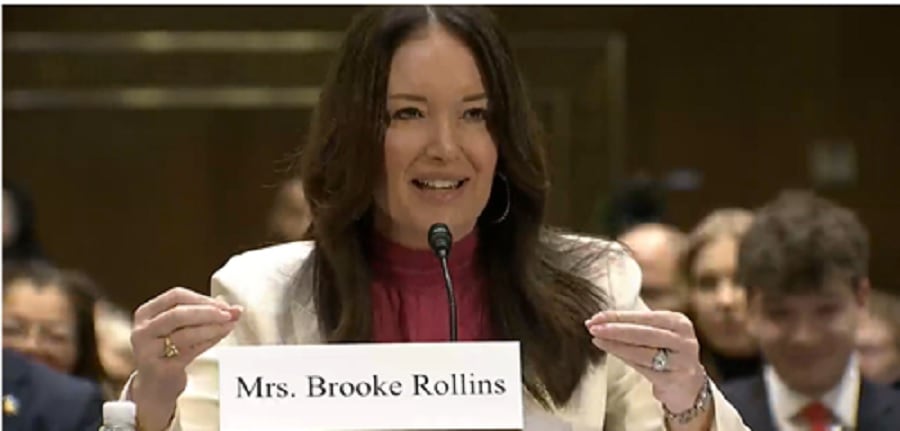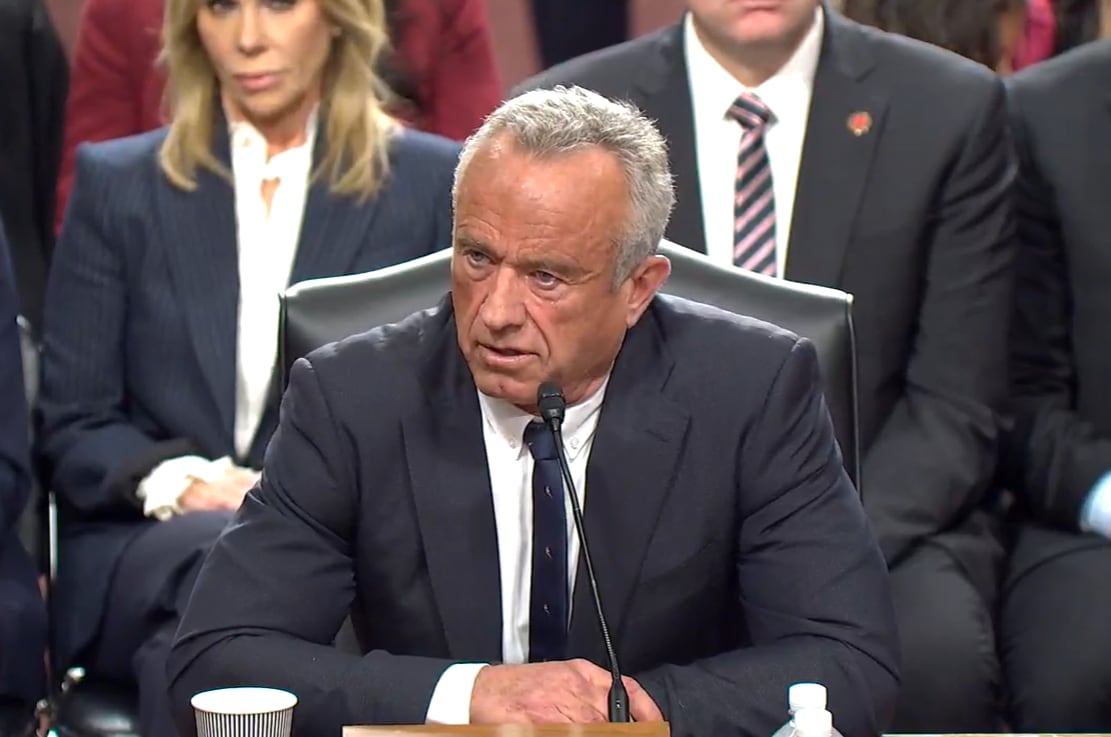HHS and USDA could release the new Dietary Guidelines for Americans as early as late summer or this fall, according to agency leaders appointed by the Trump administration, but they suggest it may deviate from the scientific report prepared by the advisory committee and submitted in December under the Biden administration.
The US Dietary Guidelines are updated every five years and historically based on an in-depth scientific report prepared by the Dietary Guidelines Advisory Committee, including members appointed by USDA and HHS, who spend years publicly reviewing scientific research and stakeholder input.
Concerns arose about whether the most recent 2025-2030 update would be published by the deadline set for the end of year after the Trump administration took office and began rolling back policies implemented under the previous presidency and after new HHS and USDA leaders criticized the review process and recommendations.
While visiting an elementary school in Virginia last month, HHS Secretary Robert F Kennedy Jr panned the scientific report prepared by the Dietary Guidelines Advisory Committee, as “a 453-page document that looks like it was written by the food processing industry.”
His critique is not new, but rather echoes long-raised concerns that the food industry has undue influence over the dietary guidelines. Each update inevitably draws criticism from stakeholder groups ranging from the National Cattlemen’s Beef Association to the American Dairy Association and others.
In an effort to “make sure the dietary guidelines will reflect the public interest and serve public health, rather than special interests,” Kennedy said in March that HHS and USDA would review the Scientific Report of the 2025 DGAC “line-by-line.”
At the time, he added, the agencies were committed to releasing the final guidelines ahead of the Dec. 31 statutory deadline.
USDA Secretary Brooke Rollins reiterated that commitment last week during a US House Appropriations subcommittee hearing to review the Trump administration’s recently proposed “skinny budget.”
Rollins said she and Kennedy are working together to review the “new set of dietary guidelines from the last administration,” which she described as produced by “well intentioned people.”
She told legislators they will “see by the end of this year, hopefully early fall, the new set of dietary guidelines,” which she said will “be very simple” and “will speak directly to the American family.”
Traditionally, the US Dietary Guidelines are not written for average Americans, but rather for policy makers and health professionals who use them to advise Americans about healthy dietary choices. They also are the foundation for determining the nutrition standards, including the types of foods and beverages that can be in school meals, military rations and reimbursed through government agencies and nutrition services.
‘Helping Americans eat better is such a high priority’
Longtime civil servants at HHS and USDA confirmed the guidelines will come out on time and say they are energized the current administration’s passion for nutrition.
“The guidelines are a cornerstone for nutrition policy across federal government and education programs, and it’s really encouraged that our federal agencies speak with one voice. But, I think getting this out there and really helping Americans eat better is such a high priority. So, I think it is good news that our current administration is really excited about nutrition,” said Janet de Jesus, a senior nutrition advisor at HHS Office of Disease Prevention and Health Promotion.
She explained at a meeting hosted earlier this month by the DC chapter of IFT that the agencies are “hoping to get more information out there on the consumer side on nutrition that is more clear.”
A ‘massive’ public education campaign is needed to complement guidelines
When asked how she would like to implement the 2025-3020 dietary guidelines implemented, if she “could wave a magic wand,” she said, “we need a massive, massive campaign from across the government,” including all departments that currently hold pieces of nutrition policy.
“There is so much information that needs to get out to the public. So, I think mass ads” that go beyond school walls, and a way for the public to look up online what how to build a healthy dietary patterns, would help people understand the recommendations, she said.
“One thing that we are always up against, like industry, is the funding for advertising. We have so much that we are missing, and just getting clear information out there to moms about what to feed their kids – I think that would be wonderful,” she added.
“A big campaign would be good,” agreed Elizabeth Rahavi, a nutritionist at USDA’s Center for Nutrition Policy and Promotion who spoke at the IFT DC meeting. “Also studying and understanding what works to make sure that we are informing that campaign based on the best available studies and science cold help move the need when it comes to helping the public really take ownership and follow the dietary guidelines.”




